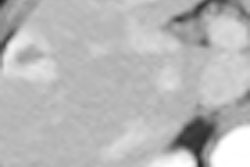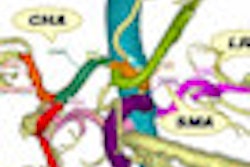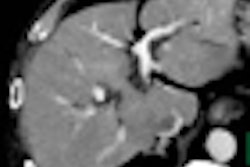Dear CT Insider,
CT finds plenty of small, curable lung cancers, according to years of solid research suggesting that screening of at-risk individuals could eventually be shown to extend lives at a reasonable cost.
On the other hand, reading the images and following the results over time are tedious and time-intensive jobs that automation has barely begun to improve. Many believe that the development of computer-aided detection (CAD) software will someday make the crucial difference in sensitivity and cost-effectiveness, but which CAD application is the best, anyway? No lung CAD scheme is a stellar performer by itself.
CAD does improve the performance of radiologists significantly when multiple applications are cobbled together, say Dutch researchers who compared the performance of six applications separately and in tandem. Even the weakest CAD applications improved the performance of the best ones when used together. But if such a scenario should come to light, would developers end up as mere cogs in a vast CAD machine? Find out in this issue's Insider Exclusive.
In another interesting CAD development, a software application labels abdominal vessels imaged at CT, so you don't have to.
In the radiation dose department, iterative reconstruction was found to permit substantially lower doses in abdominal imaging, according to one new study. Another report using the same iterative technique showed similarly positive results in CT angiography. And a third article describes a second-generation iterative reconstruction scheme that delivers the same dose savings without the odd, blotchy image appearance generated by earlier systems.
Meanwhile, California radiologists may be wary of a tough radiation protection bill that's been wending its way through the state Legislature. But given the overdoses that have plagued the Golden State, it was only a matter of time before it passed the Legislature and was sent to the governor's office, where an independent assessment could determine whether or not it will be signed.
Interest in dose-reduction methods remains keen for many reasons, of course, the most important of which is the potential for increased cancer risk. In that vein, researchers used atomic bomb survivor data to show that patients with one radiation-induced cancer might very likely have two -- especially in radiosensitive organs -- and should be screened carefully.
Dedicated CT of the breast with the addition of contrast is as good as mammography, according to new research from the University of California, Davis. And perfusion CT can detect subtle liver toxicity that might otherwise be missed in chemotherapy patients, say researchers from China.
We invite you to scroll down for the rest of the news about radiology's go-to modality in your CT Digital Community.



















